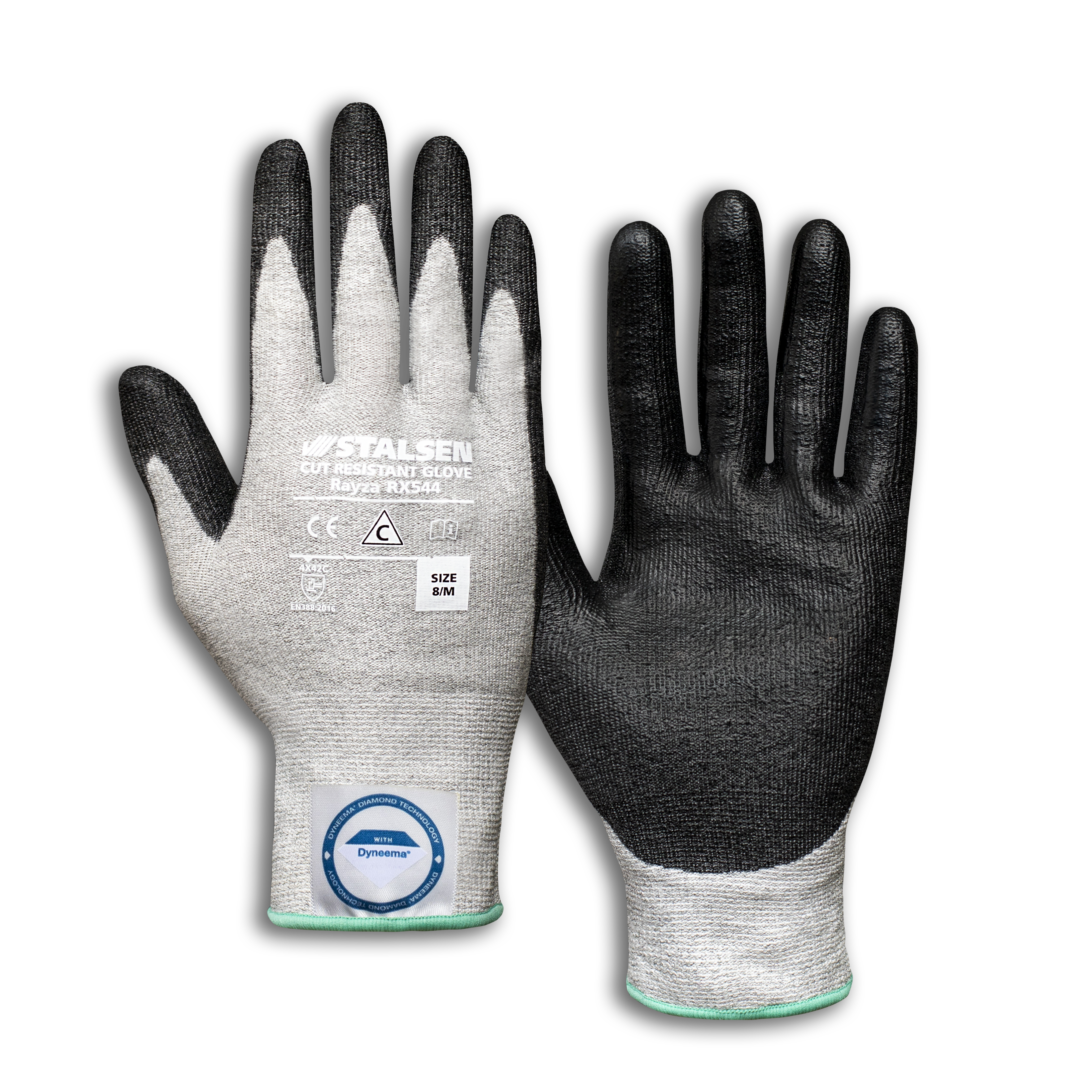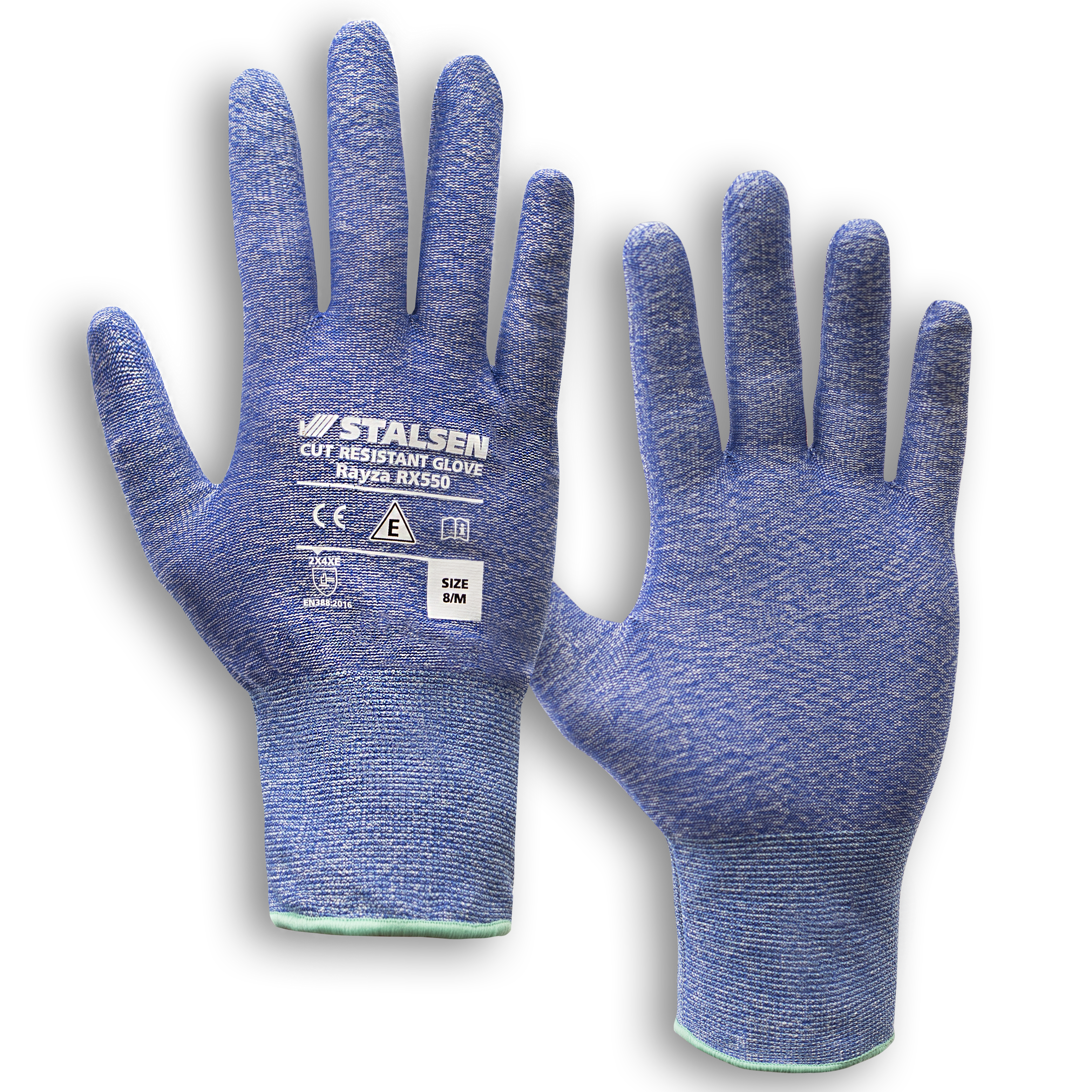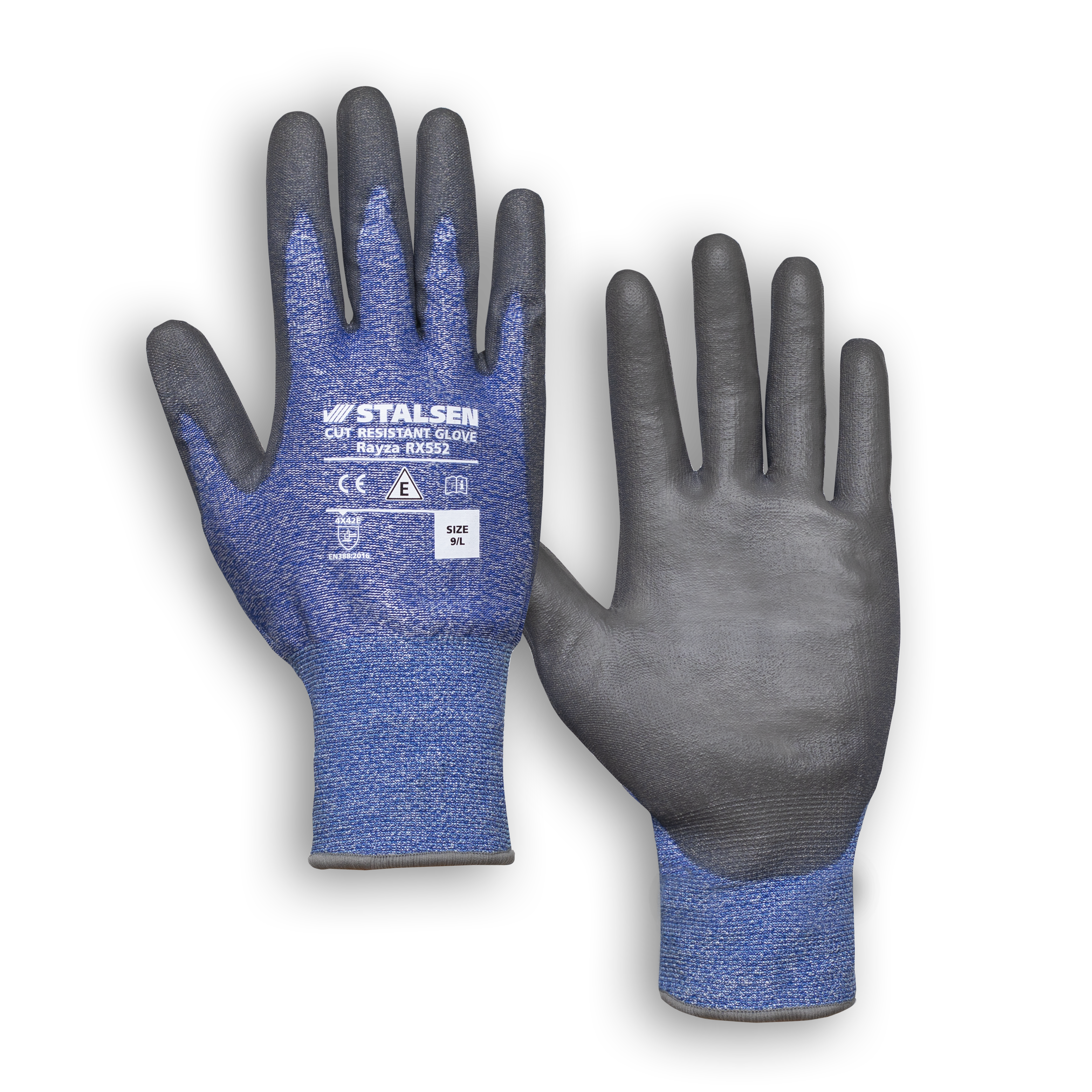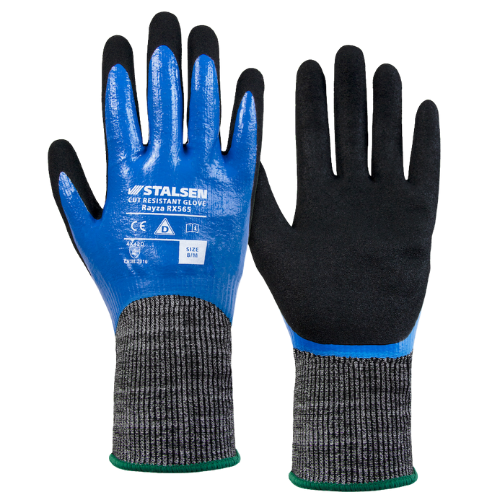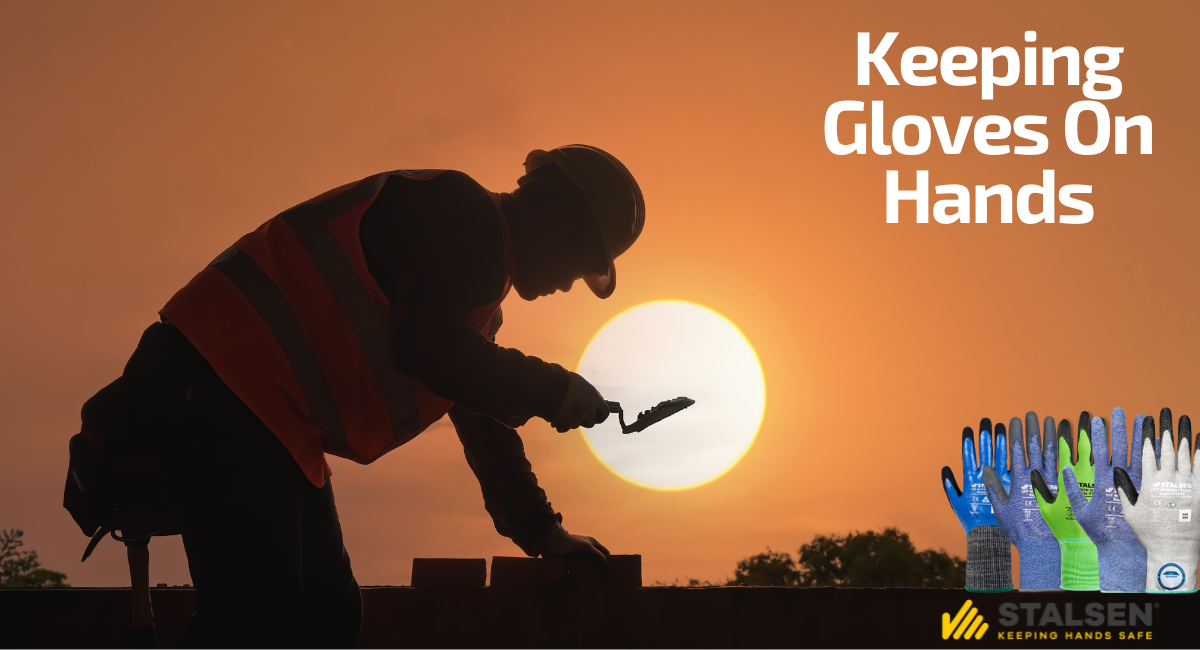
A Guide To Ensuring The Safety Of Your Hands
Hands are a vitally important part of our everyday lives. They are the most indispensable tool that we own or use, but what’s more – our hands come with no spare parts!
Despite everything our hands do for us, we expose them to risk. Hand injuries continue to be the most common form of injury on construction sites. Data tells us that 70% of these injuries occur because gloves are not worn at all.
No gloves = no protection.
Wearing gloves on site is non-negotiable. The stats don’t lie; it is an extremely risky gamble to take.
Digging deeper, we have worked with hand protection manufacturer, STALSEN, to investigate why gloves are commonly not on hands and therefore give you some tips on selecting the right glove so that gloves stay on hands!
1 - Check the dexterity
Traditionally a highly cut-resistant glove meant a thick and cumbersome glove, which of course, would need to be removed to carry out tasks that require greater fingertip precision and sensitivity. However, the latest technologies and engineering have debunked this - you can now have the feel of a cut-level 1 glove with the performance of a very high cut-resistant glove, so there’s no need to remove your gloves.
The more lightweight and breathable the glove, the closer it is to a second-skin-like feel, making it so much more comfortable to stay on hands all day long, even in the summer months.
2 - Check the coating
Think about wearing a glove designed for dry work in wet conditions. The glove will quickly become so wet and uncomfortable that the gloves will need to be removed. On the other hand, picture wearing a fully coated nitrile glove in hot summer weather. It’s designed as a liquid barrier, so whilst keeping the liquid out, it’s keeping the sweat and moisture in. Chances are, rather than put up with the sticky and oppressive feeling; the gloves will again be removed.
Carefully selecting the right coating will impact the comfort of the glove and, ultimately, how long the glove will stay on hands. Choose a breathable option in dry conditions and a nitrile option that will act as a liquid barrier in wet conditions.
3 - Check the sizing
Something that is regularly overlooked – sizing, especially when carrying out a task that requires greater dexterity. We make sure that we wear the right-sized footwear, so the same applies to our gloves. Incorrect-sized gloves are likely to frustrate as well as inhibit functionality and productivity, another possible cause of removing gloves.
4 - Check touchscreen compatibility
If you need to operate phones or smart devices on-site, wear gloves that are touchscreen compatible – it eliminates another reason to remove gloves.
Our recommendation for the ultimate wearer experience to keep gloves on hands.


